The Sun is 4.6 billion years old, but what did it look like in its early years?
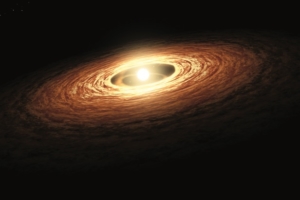 Solar System
Solar System

 Solar System
Solar System
The Sun is 4.6 billion years old, but what did it look like in its early years?
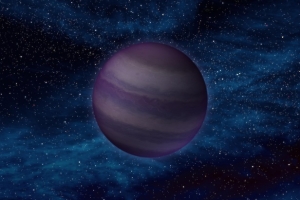 Deep Space
Deep Space
Planets, stars or something entirely different? We take a look to see what brown dwarfs are
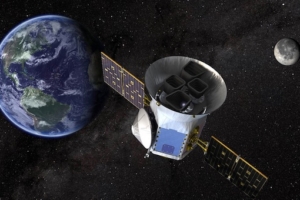 Space Exploration
Space Exploration
Launched in 2018, the Transiting Exoplanet Survey Satellite, or TESS, has found three new worlds around a neighbouring star
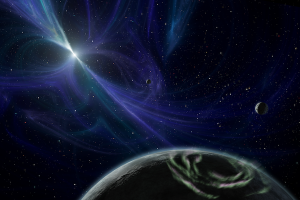 Deep Space
Deep Space
We take a look at the answer to this intriguing question
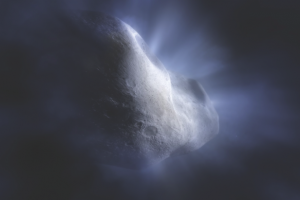 Deep Space
Deep Space
We take a look at how these ‘dirty snowballs’ are made
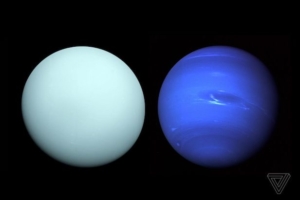 Space Exploration
Space Exploration
Of all the planets in the Solar System the ice giants remain relatively unexplored
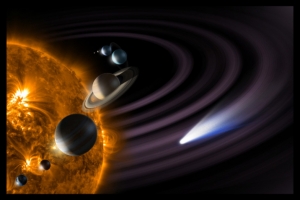 Solar System
Solar System
Could the planets in our Solar System be getting closer and closer to the Sun?
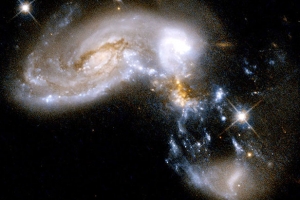 Deep Space
Deep Space
A full on smashup or a near miss? We find out what happens to planets when their galaxies collide
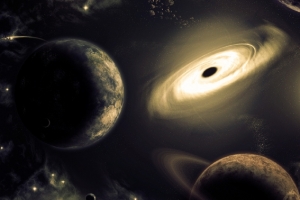 Solar System
Solar System
Hint: it doesn’t end well for Earth…
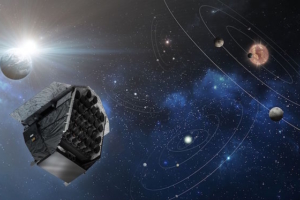 News
News
The mission will not only seek new planets but will also investigate the properties of their host stars, and determine the planetary masses, sizes and ages with unprecedented accuracy
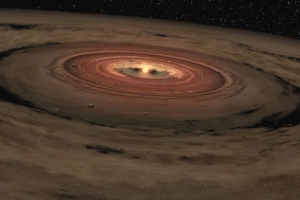 Deep Space
Deep Space
Often found around a star or black hole, we find out what an accretion disc is
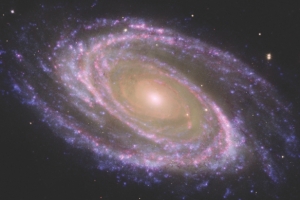 Deep Space
Deep Space
Is there such a thing as a ‘galactic habitable zone’?
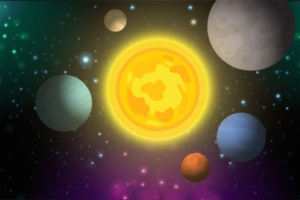 Space Exploration
Space Exploration
The haul includes a particular standout: a likely planet that orbits the star HD 73344, which would be the brightest planet host ever discovered by the mission
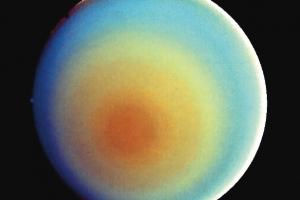 Solar System
Solar System
Why is the furthest planet from the Sun, Neptune, warmer than Uranus?
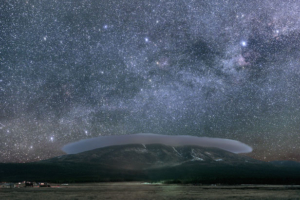 Astronomy
Astronomy
Venus remains the star of the evening skies, while Saturn and Mars keep close company in the morning
 Deep Space
Deep Space
Back in 2014, we caught up with the great scientist to get his thoughts on the universe, his cameo in Star Trek: The Next Generation and why we could be living in a hologram
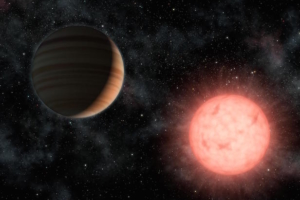 Astronomy
Astronomy
By adding these new constraints, astronomers should be able to differentiate between a large planet and a brown dwarf
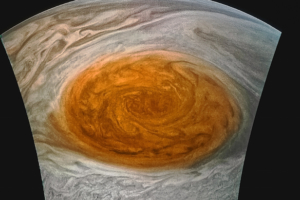 Space Exploration
Space Exploration
NASA’s Juno spacecraft has peered through the clouds of the gas giant to reveal more detail about the planet’s famous storm
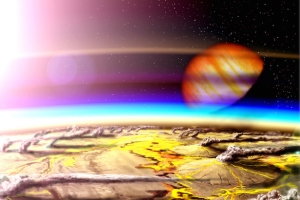 News
News
Hydrogen pouring from volcanic sources on planets throughout the universe could improve chances of locating life in the cosmos
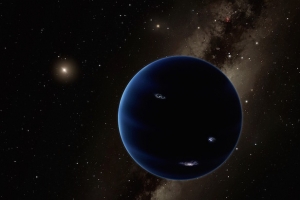 News
News
Elusive planets may be lurking around the edges of our solar neighbourhood, and astronomers from NASA and UC Berkeley want the public’s help to hunt them down